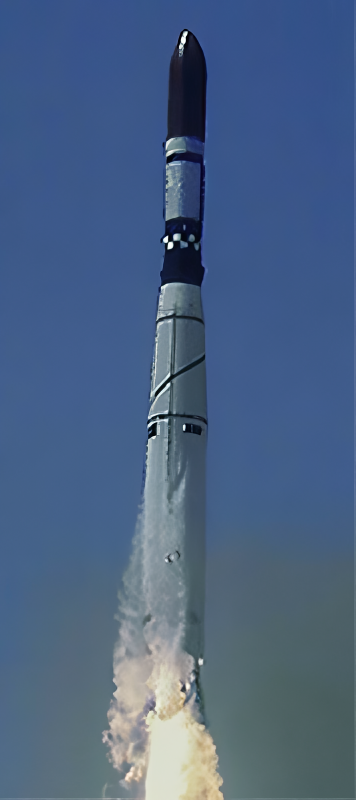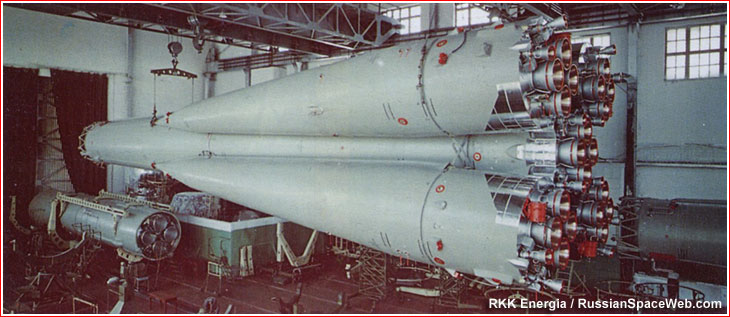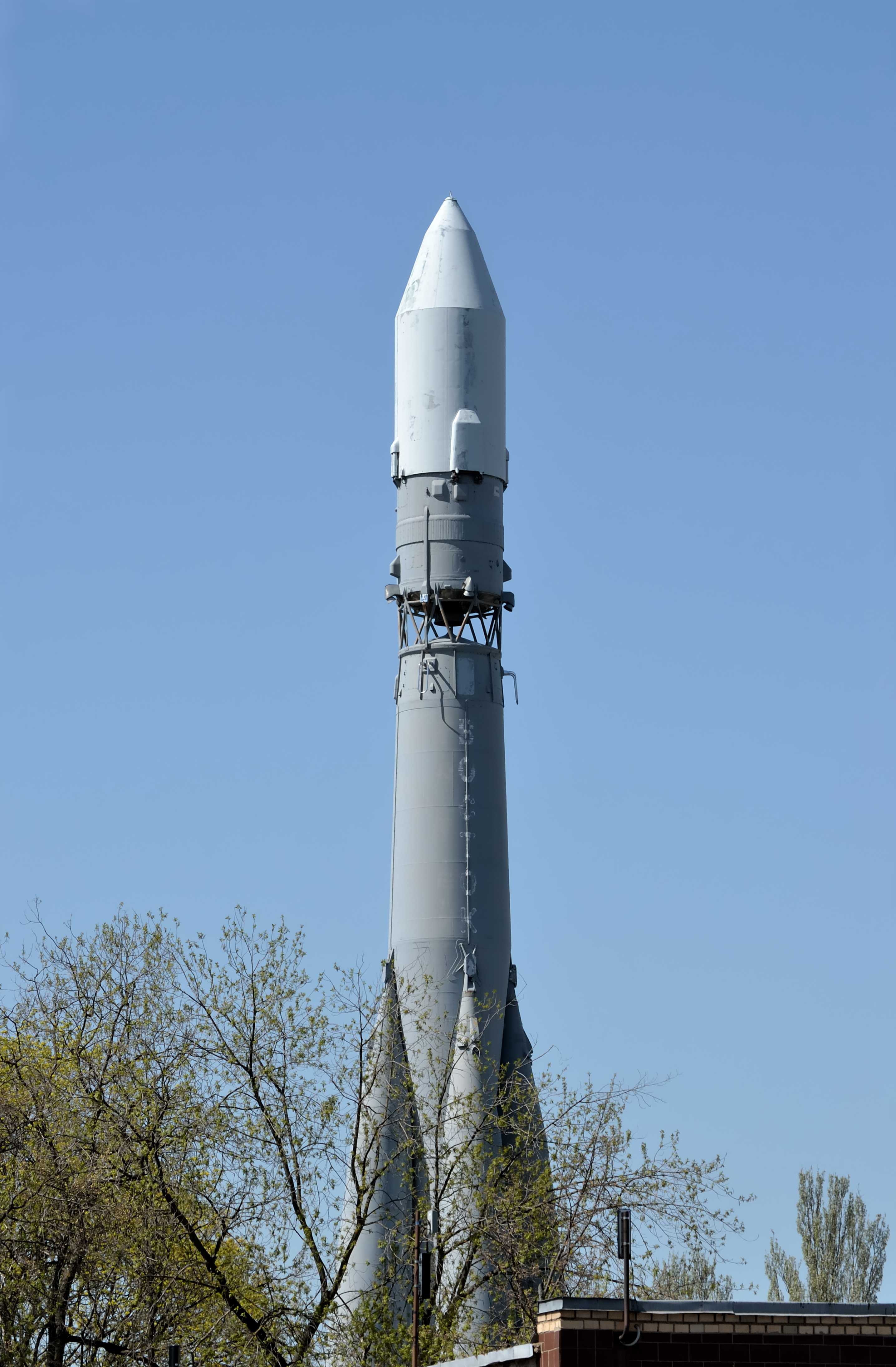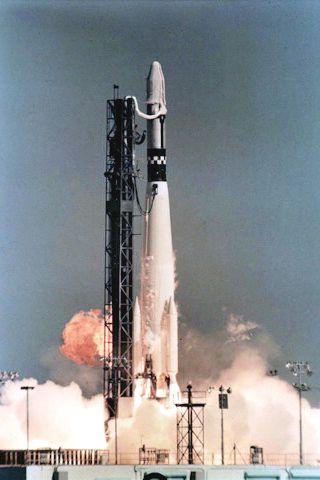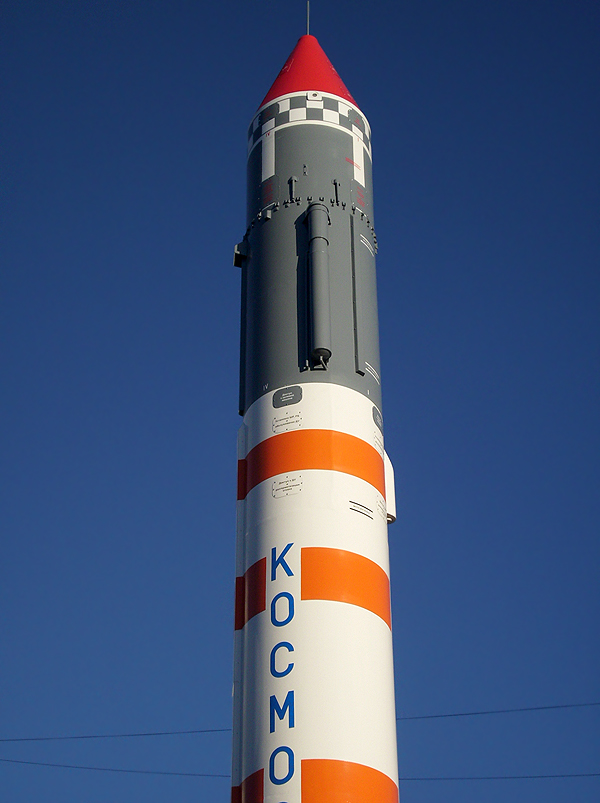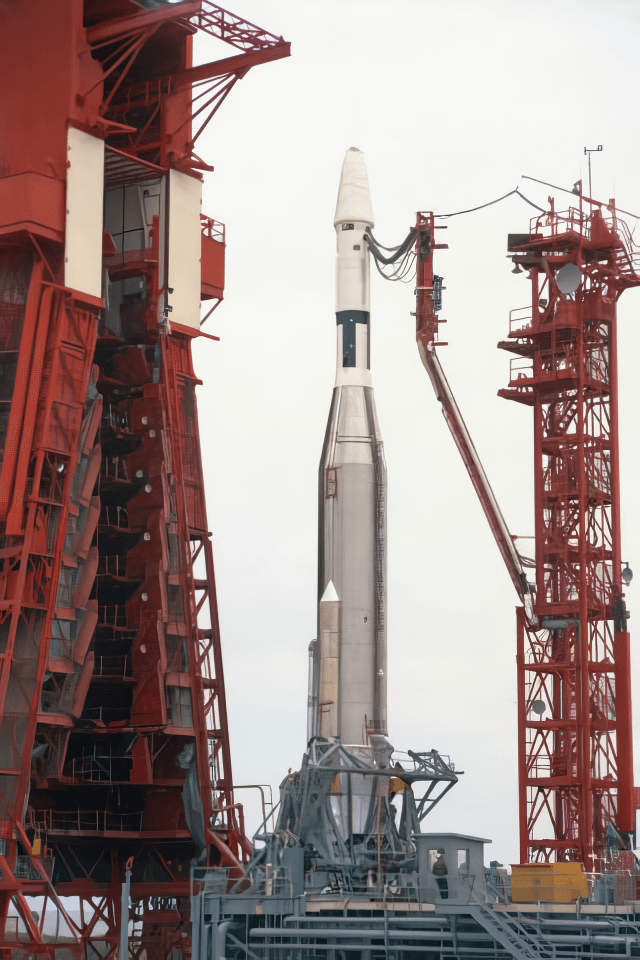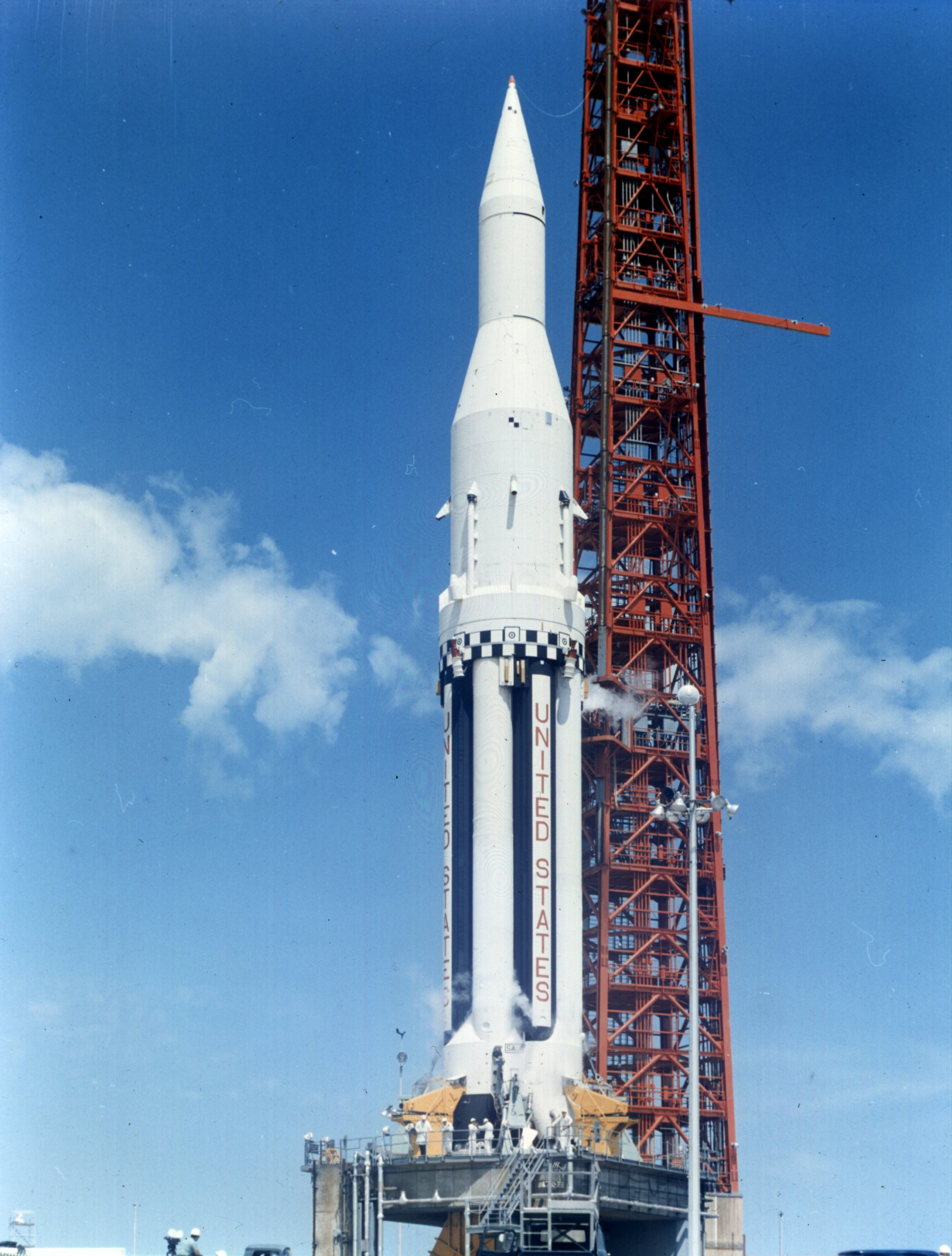Previous Spaceflight Launches
Filter by Agency, Locations or Vehicles
Show All LaunchesThor SLV-2 Agena D | Poppy 6A,B,C,D
McDonnell Douglas | United States of AmericaVandenberg SFB, CA, USA
March 9, 1965, 6:29 p.m.
Voskhod | Zenit-4 5
Soviet Space Program | RussiaBaikonur Cosmodrome, Republic of Kazakhstan
March 7, 1965, 8:59 a.m.
Atlas Centaur | Surveyor-SD 1
Convair | United States of AmericaCape Canaveral SFS, FL, USA
March 2, 1965, 1:25 p.m.
Vostok 8A92M | Meteor-1 2
RKK Energiya | RussiaBaikonur Cosmodrome, Republic of Kazakhstan
Feb. 26, 1965, 5:01 a.m.
Thor SLV-2A Agena D | KH-4A 17
McDonnell Douglas | United States of AmericaVandenberg SFB, CA, USA
Feb. 25, 1965, 9:44 p.m.
Voskhod | Voskhod-3KD 1
Soviet Space Program | RussiaBaikonur Cosmodrome, Republic of Kazakhstan
Feb. 22, 1965, 7:30 a.m.
Kosmos 65S3 | Strela-1 9,10,11
Strategic Rocket Forces | RussiaBaikonur Cosmodrome, Republic of Kazakhstan
Feb. 21, 1965, 11 a.m.
Kosmos-2I 63S1 | DS-A1 6
Strategic Rocket Forces | RussiaKapustin Yar, Russian Federation
Feb. 20, 1965, 6:30 a.m.
Atlas Agena B | Ranger 8
United States Air Force | United States of AmericaCape Canaveral SFS, FL, USA
Feb. 17, 1965, 5:05 p.m.
Saturn I | Pegasus 1
Chrysler | United States of AmericaCape Canaveral SFS, FL, USA
Feb. 16, 1965, 2:37 p.m.
